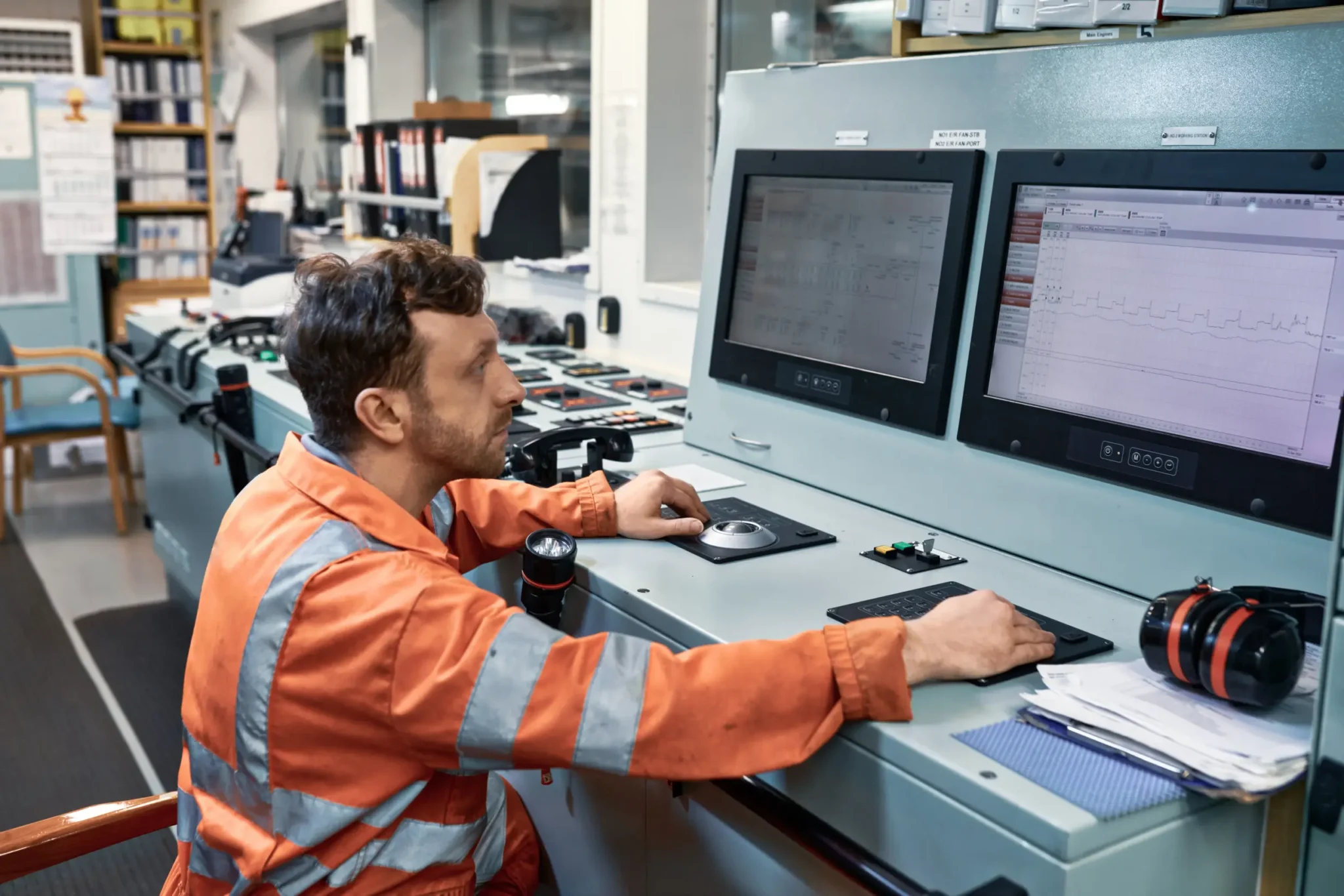
Marine Planning for FOWT in Port Operations
The production and/or installation of FOWT components and subcomponents varies in size, dimension, height, etc. due to lack of certainty in finalising a single suitable floater for the offshore wind farms. Floater, tower and wind turbine are sometimes designed to suit the need for particular offshore wind farm. Hence, production and installation of components demands a thorough review of port facilities to handle them in a more efficient, safe and cost-effective manner.
The existing port facilities mainly cater for the existing types of monohulls, semi-submersible twin pontoons, etc. for their life cycle, including construction, regular maintenance and decommissioning of such assets.
FOWT operators, investors, designers and stakeholders are looking for optimisation in commercial scale production of floaters, components, etc. to reduce the CAPEX. The selection of port facilities plays an important role in this optimisation process.
Port facilities for FOWT commercial scale production could specially look for water depth, berth space, dry dock/wet dock facilities, large storage space, logistic support, distance between port and wind farm location, marine assets (e.g. harbour tugs, boats, etc.) available for port movements, lay-up berths, anchorages, experienced marine personnel to handle traffic movements, predominant weather conditions, etc.
Marine planning for suitable port selection during the FEED phase of the FOWT design helps the operator to review the pros and cons and to take an informed decision. At Hydeng, we can involve with clients to provide independent review and advice on marine planning aspects during production, installation and commissioning of FOWT.
